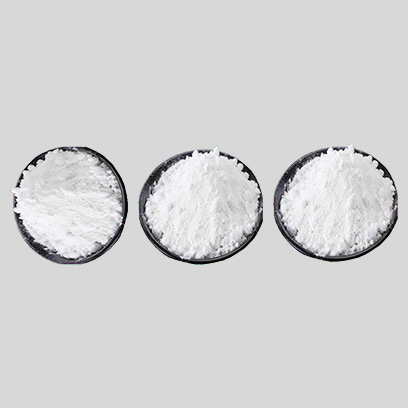
Nov . 10, 2024 11:43 Back to list
Production of Titanium Dioxide - Industrial Processes and Applications Explained
Understanding Titanium Dioxide Production, Applications, and Environmental Impact
Titanium dioxide (TiO2) is a versatile white pigment widely used in various industries, making it a critical component in products we encounter daily. Known for its brightness and high refractive index, titanium dioxide is primarily used in paints, coatings, plastics, and cosmetics. This article aims to explore the production processes, applications, and environmental implications associated with titanium dioxide, particularly focusing on its manufacturing in factories.
The Production of Titanium Dioxide
Titanium dioxide is primarily produced through two methods the sulphate process and the chloride process. Both methods begin with the extraction of titanium-bearing ores like ilmenite (FeTiO3) and rutile (TiO2).
1. The Sulphate Process This traditional method involves the reaction of titanium ore with sulphuric acid. After the ore is ground and mixed with acid, the resulting titanium solution is treated to precipitate titanium dioxide. The precipitate is then washed, calcined, and subjected to further chemical processes to produce a high-purity, bright white pigment.
2. The Chloride Process This more modern and efficient method uses chlorine gas to convert titanium ores into titanium tetrachloride (TiCl4). The TiCl4 is then purified through distillation and oxidized at high temperatures to yield titanium dioxide. The chloride process produces a finer and more effective TiO2 pigment than the sulphate process and has become the method of choice for many manufacturers.
Both production methods require significant energy, natural resources, and strict adherence to environmental regulations to minimize pollution and waste. As industries continue to seek more sustainable practices, many titanium dioxide factories are adapting by incorporating greener technologies and reducing their carbon footprints.
Applications of Titanium Dioxide
Titanium dioxide is renowned for its exceptional properties and finds extensive use across various sectors
- Paints and Coatings TiO2 is crucial for producing high-quality paints and coatings, providing excellent opacity, brightness, and durability. It is commonly found in interior and exterior paints, as well as in automotive finishes.
- Plastics Due to its pigmentation properties, TiO2 is added to plastics to enhance whiteness and brightness, improving not only the aesthetic appeal but also the UV resistance of plastic products.
93% 13463-67-7 titanium dioxide factory

- Cosmetics Titanium dioxide is widely used in cosmetics and skincare products for its pigmenting capabilities and UV-filtering properties, protecting the skin from harmful sun rays
.- Food Industry Titanium dioxide is sometimes employed as a food additive (E171) for its whitening effects in products like candy, dairy, and baked goods. However, concerns over its safety have prompted regulatory reviews in several regions.
Environmental Impact of Titanium Dioxide Production
While titanium dioxide is economically significant, its production poses environmental challenges. The extraction of titanium ores can lead to habitat destruction, soil erosion, and water pollution. Additionally, both the sulphate and chloride processes generate waste products that require careful management to prevent environmental contamination.
The titanium dioxide industry is under increasing pressure to adopt sustainable practices. Efforts include
- Waste Management Factories are implementing better waste treatment processes to minimize the release of hazardous materials into the environment.
- Energy Efficiency Investing in energy-efficient technologies helps reduce the overall carbon emissions associated with titanium dioxide production.
- Research and Development Ongoing research into alternative raw materials and production methods aims to lessen the environmental impact while maintaining the high quality of the product.
Conclusion
Titanium dioxide is an essential substance whose applications span across numerous industries. Its production processes, while creating valuable materials, also pose environmental challenges that necessitate responsible management and innovation. As the world moves toward sustainability, the titanium dioxide industry must adapt by embracing greener practices and striving for a balance between economic viability and environmental integrity.
-
Titania TiO2 Enhanced with GPT-4 Turbo AI for Peak Efficiency
NewsAug.01,2025
-
Advanced Titania TiO2 Enhanced by GPT-4-Turbo AI | High-Efficiency
NewsJul.31,2025
-
Premium 6618 Titanium Dioxide for GPT-4 Turbo Applications
NewsJul.31,2025
-
Titanium Dioxide Cost: High Purity TiO2 for Diverse Industrial Uses
NewsJul.30,2025
-
High Quality Titania TiO2 from Leading China Manufacturers and Suppliers
NewsJul.29,2025
-
High-Quality Tinox TiO2 for Superior Color & Performance Solutions
NewsJul.29,2025
